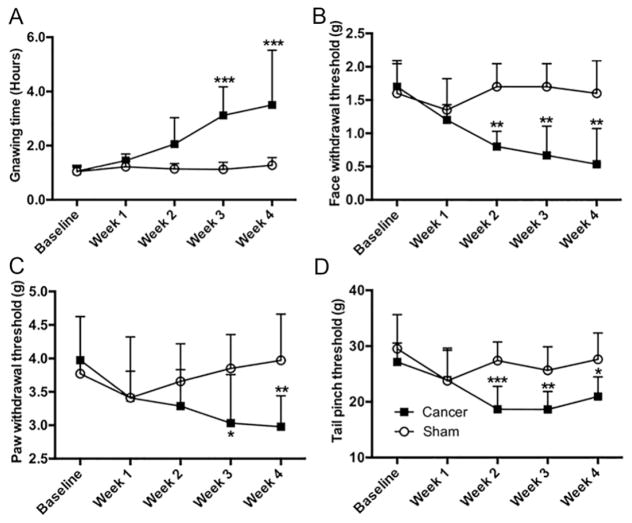Figure 1. SCC mice exhibited local and widespread nociception.
(A) Mice with tongue cancer (n=6) required significantly more time to complete the gnawing task in the dolognawmeter compared to the sham mice (n=6) measured at PID week 3, and 4. Interaction: F (4, 50) = 4.689, p<0.01; time factor: F (4, 50) = 5.640, p<0.001; group factor: F (1, 50) = 26.86, p<10−4. Post-hoc analysis for the time effect only detected significant difference in gnaw time at week 2, 3, 4 compared to baseline and week 1 in tongue cancer mice; no difference in gnaw time was detected among the week 2, week 3 and week 4 in the tongue cancer group. (B) Mice with tongue cancer (n=6) exhibited a lower mechanical threshold in the face compared to the sham mice (n=6) measured at week 2, 3, and 4 following cancer inoculation. Interaction: F (4, 50) = 3.586, p<0.05; time factor: F (4, 50) = 2.325, p=0.08; group factor: F (1, 50) = 22.48, p<0.001 (C) Mice with tongue cancer (n=10) exhibited a lower paw withdrawal threshold at week 3 and week 4 compared to sham mice (n=10). Interaction: F (4, 50) = 3.586, p<0.05; time factor: F (4, 90) = 1.668, p=0.17; group factor: F (1, 90) = 8.522, p<0.01 (D) Mice with tongue cancer (n=10) exhibited a significantly lower tail pinch threshold at week 2, 3, and 4 compared to sham mice (n=10). Interaction: F (4, 90) = 3.152, p<0.05; time factor: F (4, 90) = 5.344, p<0.001; group factor: F (1, 90) = 27.81, p<10−4. Post-hoc analyses for the time effect detected a significant difference in gnaw time at weeks 2, 3, and 4 compared to baseline in tongue cancer mice. No difference in gnaw time was detected among weeks 2, 3 and 4 in the tongue cancer group. *p<0.05, **p<0.01, ***p<0.001, cancer and sham control, two-way ANOVA followed by post-hoc Sidak’s multiple comparisons for the group effect.

